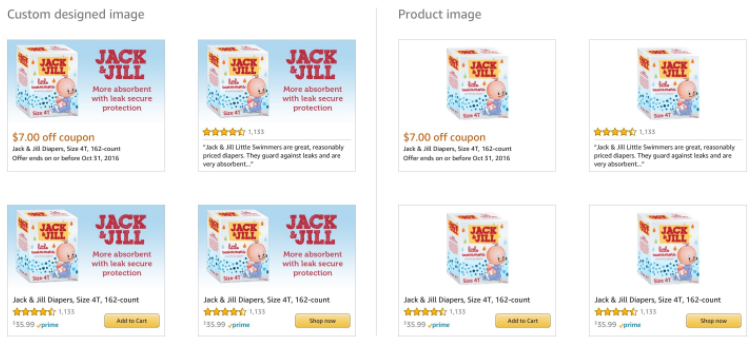When you think of Amazon, you wouldn’t necessarily associate the eCommerce giant with search and programmatic buying. Arguably, you would be right to - in the marketplace they are certainly some way behind advertising goliaths Google and Facebook in terms of digital ad revenue. However, it’s the access to Amazon’s first party consumer data that has caught the eye of advertisers.
Prime Data
When you think about all the possible data points that Amazon has access to, it starts to become easier to understand why Amazon AAP came out as the most used-DSP in an Advertiser Perceptions Survey compiled by Ad Exchanger earlier this year. Its origins in eCommerce allow Amazon AAP to occupy a space in the marketplace which is further down the purchase funnel compared to the likes of DBM and Facebook for prospecting campaigns, and can be a powerful tool for more direct response-focused clients. Some of the data available to target include:
- In-Market: Audience segments based on what users are looking to buy. Consumers fall out of lists when they make a purchase or after a period of time
- Lifestyle: Built from long-term consumer browsing and purchasing trends
- Demographics: Age, Gender, Life Events, etc. all deduced from account details, user behaviour and third-party data providers
- Geo-targeting: Using account delivery postcodes and user IP data
- Custom Data: Bespoke audience lists built by the Amazon support team using more in-depth Amazon-owned data
- Customer Match: Anonymously match a list of customer email addresses to existing Amazon customers. Directly reach your customers on and off Amazon’s site, or extend your reach by finding people who look like your customers
Creative & Inventory
As with any DSP, Amazon has the same access to all major exchanges, meaning that you can access all your favourite publishers from AAP. In addition, it is the only place where you will be able to buy Amazon-owned and operated inventory.
AAP currently has the capability to run with display and video creative, but the real gemstone is its Dynamic eCommerce ads. These ads link to a product listing on Amazon and pull in customer reviews, coupons (if applicable), price and product availability into the creative itself. The type of ad that is served to a consumer is based on AAP’s machine-learning algorithm and the optimisation goal that is selected at campaign setup. These goals include CTR, Purchase Rate, and Detailed Page View. The ads automatically populate the product image found on the Amazon page, but a custom image can be uploaded.


Measurement
We know that not all prospecting activity drives conversions efficiently, but by using Dynamic eCommerce ads you can look at metrics prior to sales and revenue in order to gauge the success of a campaign, including those below:
Detail Page View Rate (DPVR): Measuring engagement beyond CTR (Detail page views ÷ Impressions)
Cost per detail page view (eCPDPV): Total cost ÷ Detail page views
Add to list (ATL) counts: The count of times a featured product was placed in customers' wish lists, gift lists, or registries
Product review page view (PRPV) counts: The number of views of the advertised product’s customer review pages on Amazon
Add to Cart (ATC) counts: The number of times a featured product is added to a customer’s cart
Future Gazing
Amazon are in a really interesting space at the moment, and it’s obvious through their continued investment into new areas such as Prime Video and Alexa Audio Seach that they are looking to the future, and how media will be consumed by the next generation. By investing now, they are shaping and capturing large chunks of the market and could one day rival the likes of Google on digital ad revenue.
If you are interested in learning more about Amazon AAP and how it could help your marketing plans, please get in touch with the team by emailing hello@search-star.co.uk.